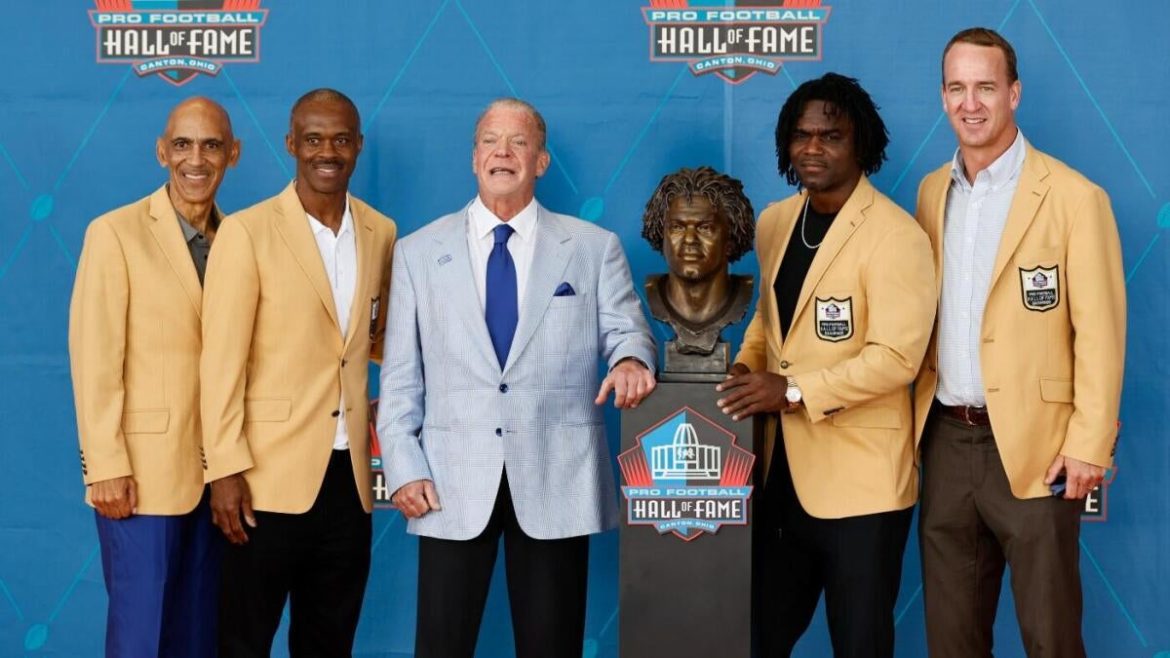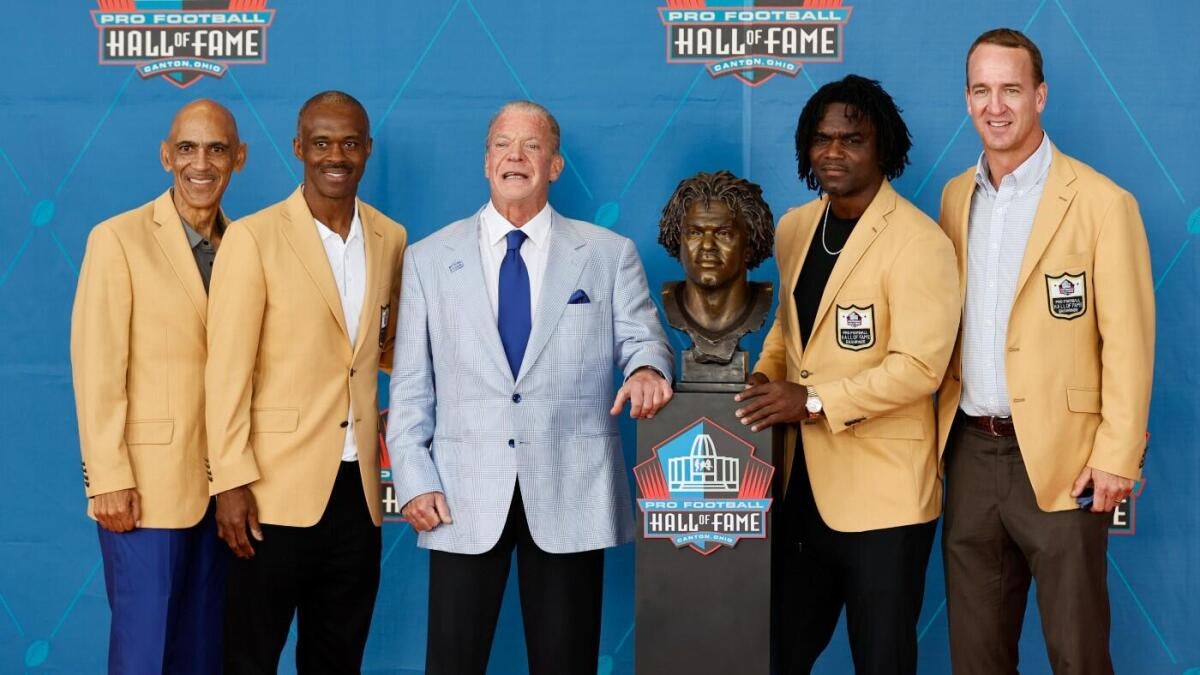Jim Irsay’s Impact on the Indianapolis Colts and Beyond
Jim Irsay’s name is inseparable from the Indianapolis Colts — a franchise he not only inherited but actively shaped over decades. His passing at age 65 has left a profound void in the NFL community, but his legacy extends far beyond his death. Understanding Irsay’s life and ownership offers a vivid lens into the complicated, at times controversial, but passionate stewardship that defined his tenure.
A Lifelong Colts Devotee
Irsay’s relationship with the Colts began in his youth. His father, Robert Irsay, acquired the Colts in 1972 through a complex franchise swap that involved the Los Angeles Rams. This marked the start of Jim’s dedication, beginning as a ball boy and progressing swiftly into management roles. By age 24, Jim Irsay became the youngest general manager in NFL history, showing early on his deep engagement with the organization’s operations.
Taking control in 1997 after his father’s passing, he inherited a team rich with opportunity, having secured Bill Polian as a general manager and Peyton Manning as quarterback. This frame set the stage for years of competitive success and established the Colts as a respected franchise under his watch.
Player-Centric Ownership Style
One defining feature of Irsay’s approach was his unmistakable affection for his players, which earned him the reputation as the “ultimate players’ owner.” He was known for openly expressing his support and admiration, whether in the locker room or public forums. This personal connection was not merely superficial; it cultivated a culture where players felt valued as people, not just assets.
However, Irsay also displayed impatience and volatility, especially when the team underperformed. His frustrations after missing playoffs—like during the Carson Wentz era, which he later called a “mistake”—illustrate a man deeply invested in results and unafraid to reflect bluntly on failures. This candid self-awareness was both a strength and a source of tension within the organization.
Controversies and Complexities
Despite his success and goodwill from many players and fans, Irsay’s tenure was not without controversy. His personal struggles, often publicized, included battles with addiction that painted a complicated portrait of the owner. Some viewed his eccentricities and substance issues as detracting from his ownership capabilities.
Critics have labeled him a “bad owner” at times, pointing to instances of impulsiveness and questionable decisions. Yet, it’s crucial to see these criticisms in the context of a man who inherited a legacy, managed immense pressure, and remained committed to his vision—all while navigating personal challenges. The multi-dimensional nature of Irsay’s leadership makes it difficult to narrowly categorize his impact.
Cultural Contributions and Passion Projects
Beyond the gridiron, Jim Irsay was renowned for his love of music and culture, which he intertwined with his identity as an NFL owner. This passion helped broaden his influence beyond sports, connecting the world of professional football with artistic communities. He was known for generosity in the local Indianapolis community, reinforcing his role as more than just a team owner but a civic contributor.
In addition, his enthusiasm for music and unique personal style made him a recognizable figure in sports culture, symbolic of a modern and multifaceted sports executive.
Legacy and Transition
With Irsay’s death, the Colts face a significant transition. Reports indicate that his eldest daughter is expected to take a leadership role, continuing the family’s stewardship of the franchise. How she will shape the team’s future remains to be seen, but the foundations laid by Jim Irsay—marked by devotion, fervor, and complexity—will undoubtedly influence what comes next.
Conclusion: Remembering a Multifaceted Owner
Jim Irsay’s story is one of contrasts: a beloved players’ advocate and a flawed figure; a visionary who inspired loyalty and a man who wrestled publicly with his demons. His lifelong commitment to the Colts and impact on the NFL is indisputable. His legacy is not just measured in wins or losses but in the culture he built, the players he supported, and the community he touched.
As discussions about his ownership continue, it’s this rich, nuanced portrait that resonates most—a reminder that sports leadership, like any human endeavor, is rarely black and white but textured, sometimes messy, and deeply human.





